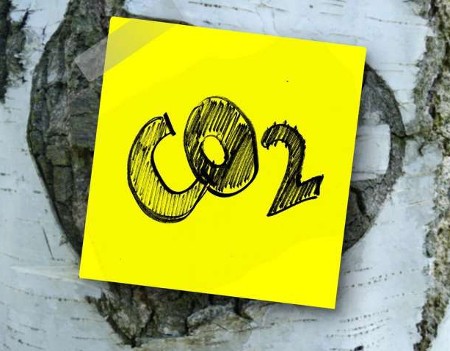May 25, 2020 – A study from a researcher currently at the University of Wisconsin and one at the Imperial College of London published in the journal Energy & Environmental Science in the last week, describes what will be needed from carbon capture and storage (CCS) in the coming decades to meet Paris Climate Agreement targets. The current growth in this market has averaged since the late 1990s about 8.6% annually. To achieve Paris targets the growth rate needs to exceed 9 or 10%, and that may very well be doable if investments continue to be made in CCS.
Can we stuff 2,700 Gigatons of carbon dioxide into the ground permanently over the next 80 years? According to the study’s authors, Christopher Zahasky, and Samuel Krevor who collaborated on the study when both were at Imperial College, that’s the number we have to hit, and the sooner the better. The Intergovernmental Panel on Climate Change (IPCC) in its annual reports has made CCS technology one of the tools in the global arsenal to mitigate climate change. And yet it appears to be the one least discussed by environmentalists and climate scientists when talking about combating global warming.
The 2,700 Gigaton number is seen as controversial as well. Many in academia think it is far too low and note that the Earth’s capacity to store carbon underground is almost four times that. So where is all this space underground? Currently, large-scale CCS facilities are putting away 37.8 million tons annually (2019 figures) or 0.0378 Gigatons. That means we, collectively, would have to increase CCS capacity by a factor of over 71 thousand to reach 2,700 Gigatons, or if the pessimists are right by a factor of over 264,000 to meet IPCC targets.
As of late 2019 there were 19 large-scale CCS projects in operation around the world. The costs associated with their build and operation have been high which has been a barrier to wider adoption of the technology. And then there is the issue of underground capacity that can serve to ensure the CO2 remains permanently sequestered.
An article published in 2018 in the journal Nature Communications provides a storage security calculator and estimates the geological capacity for subsurface storage of CO2 with a probability of leakage of less than 0.0008% per year, and 98% retention of the injected gas for 10,000 years. The article has a caveat, however, that we have no experience to fall back on when determining the long-term behaviour of subsurface CO2. So in other words, sequestering CO2 permanently, something nature has achieved in the past, isn’t necessarily something we humans can do equally well. Nature has done it through the creation of coal, oil, and natural gas deposits buried for hundreds of millions of years as the Earth geologically evolved. But even nature’s sequestration hasn’t been permanent. After all, that’s how we humans first discovered the energy value of fossil fuels, first through the discovery of upwellings of oil and gas from cracks and seams in subsurface stratigraphy.
The current trajectory of 8.6% isn’t too far off from where Zahasky and Krevor believe is the optimal target to achieve enough sequestration to contribute to a larger climate mitigation strategy. States Zahasky, “Even the most ambitious scenarios are unlikely to need more than 2,700 Gigatons of CO2 storage resource globally, much less than the 10,000 Gigatons of storage resource that leading reports suggest is possible. Our study shows that if climate change targets are not met by 2100, it won’t be for a lack of carbon capture and storage space.”
Krevor notes that he and Zahasky wanted to focus on what was needed in storage capacity, not the amount of subsurface sequestration possible. Coming up with a number a little more than one-quarter of what was previously thought the requirement means the search for CCS reservoirs will be far less taxing, and that storage can happen much sooner to help meet IPCC mitigation scenarios. States Krevor, “Our analysis shows good news for CCS if we keep up with this trajectory – but there are many other factors in mitigating climate change and its catastrophic effects, like using cleaner energy and transport as well as significantly increasing the efficiency of energy use.”
















